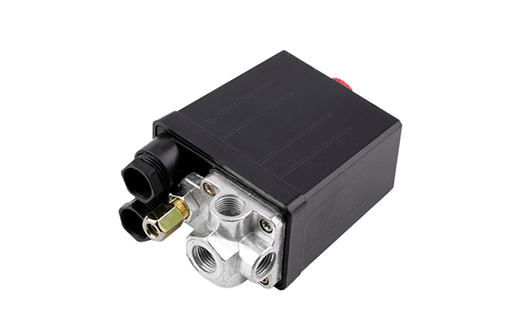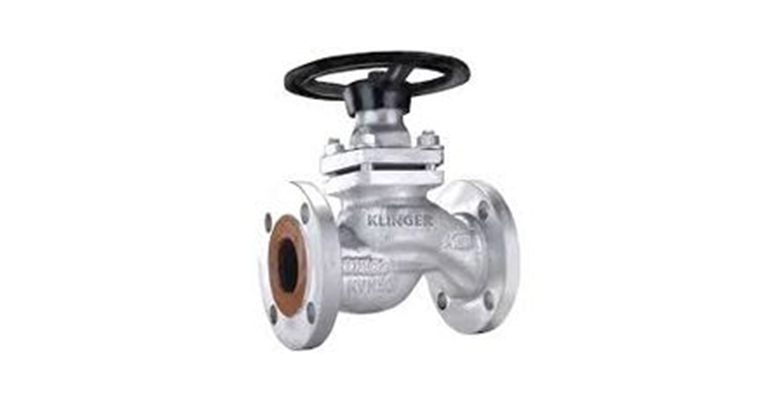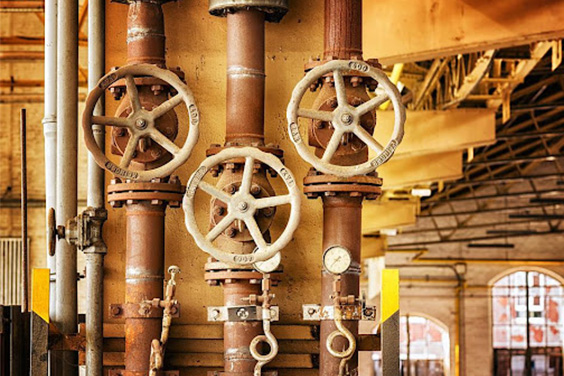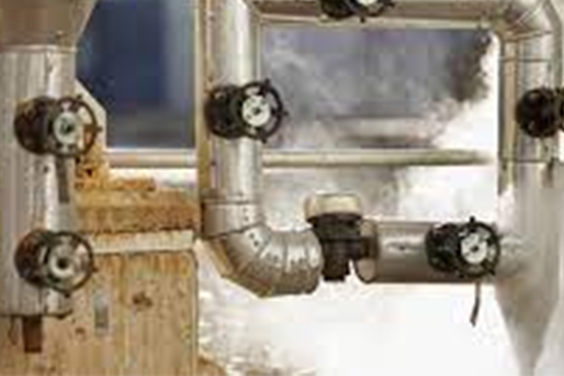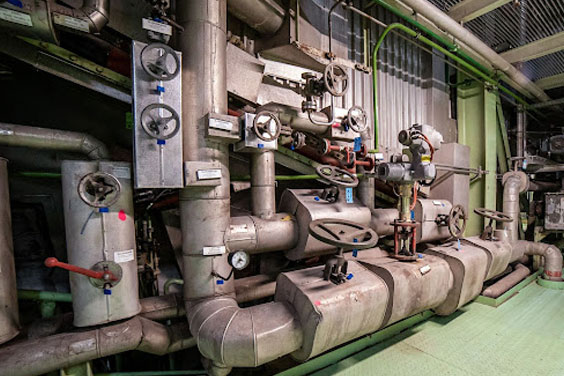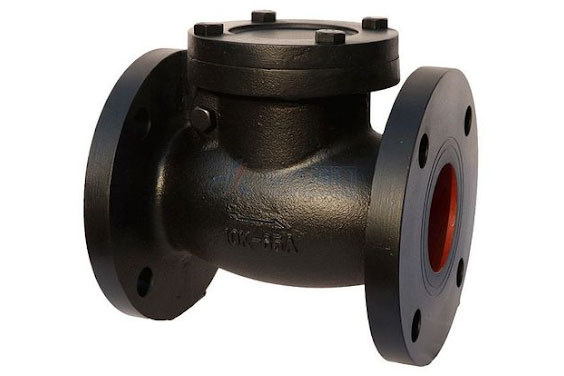
Source: Pinterest
Check valves are self-closing safety valves that allow gasses and fluids to flow only in one path. A check valve’s aim is to prevent an overall process from trying to reverse in the process, which might potentially harm machinery or disrupt the operation. They are referred to as one-way dimensional valves.
Check valves are frequently used to safeguard pumps in fluid applications or compression in gas systems against backflow, which might cause the pump or compression to close down. They can also be used in complex processes with variable pressures that must be maintained apart. They do not require an external power source to function since they rely on the drop in pressure caused by the medium flow.
In this article, we will take a detailed look at a number of the most popular forms of check valves, characteristics, and recommended uses to help you pick the perfect one for your needs.
What Is a Check Valve?
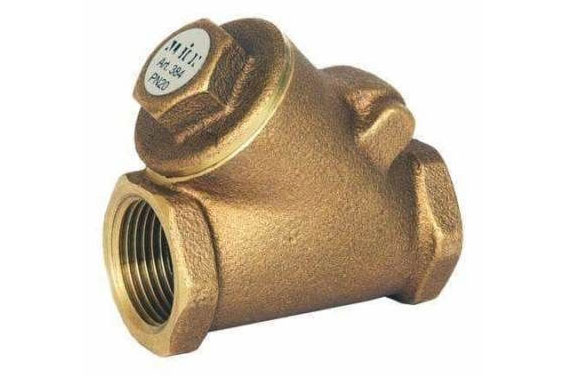
Source: Pinterest
A check valve is a type of safety mechanism that allows liquids and gases to run in just one channel. Liquids enter the valve somewhere at intake and leave via the outlet when under pressure. The unbroken flow continues till the pressure lowers or the pump is turned off.
The force at which the disc to the valve unlocks, which can range from 3 pounds per square inch to 350 psi varies according to the size, intent, and role of the check valve, which is an essential feature of check valves.
Check valves are an automated safety mechanism that prevents reversal, ensures gases or fluids flow in the correct direction, and forms a hermetic fit to avoid leakage. Check valves safeguard motors and compressors from significant harm by limiting the liquid flow.
The names of check valves vary depending on their application and manufacturing method. Reflux, Clack, retention, one-way, and non-return (NRV)valves are some of the various names for these valves.
The swing valve is the most common form of the check valve. It is a full aperture design, which means that when the fluid flows in, the disc is totally out of the path. The disk is opened by the directed flow.
To regulate overflow and inhibit the valve from blasting shut, levers, springs, or weights are introduced to the system to aid in closure.
Check Valve Symbol
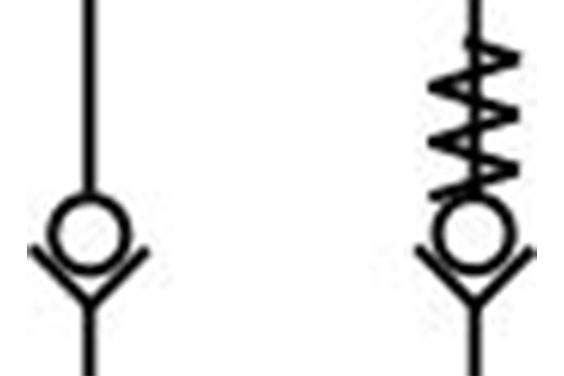
The check valve sign may differ somewhat from one firm to the next. In most sectors, any of the check valve emblems listed below are used.
Check valves, also known as non-return valves, exclusively permit unidirectional flow. The flow is permitted from the base pipe to the topmost pipe in the symbol just on left, but not the other way around. since some valves lack springs they depend on gravity to facilitate open and closing.
The valve that is on the right will only permit flow when the pressure of the water exceeds the pressure at the top and furthermore the spring’s rating. It’s a great thing to note the spring pressure right beside the check valve.
Types of Check Valves
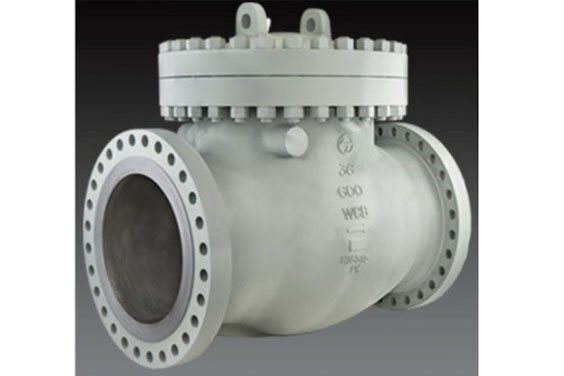
Source: Pinterest
Check valves come in an infinite number of configurations to suit a wide range of applications. Check valves are used in both commercial and industrial settings. They regulate the flow of fertilizers and water in irrigation schemes in gardens. Check valves are used in the aviation and aircraft sectors to manage corrosive liquids, fuel flow, and hydraulic systems.
Although check valves serve the same function irrespective of where they are applied, the types of check valves vary depending on the flow rate, temperature, medium gravity, line size, and velocity of the flow, and pressure.
A particular type of check valve is used for each purpose. A particularly constructed check valve may be utilized in some circumstances to match a specific purpose. The following are descriptions of some of the most popular check valves.
Swing Check Valves
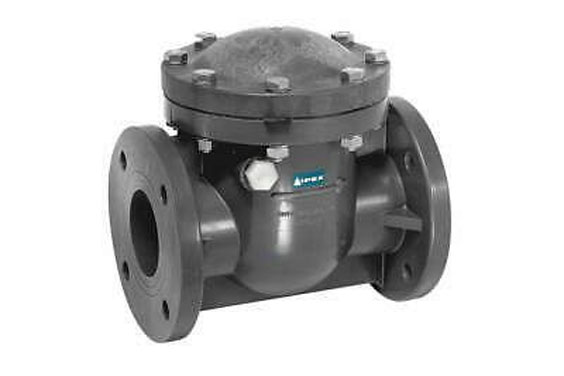
Source: Pinterest
Swing check valves are full-port designs with the disc out of the path of the flowing fluid. It is employed in applications with a substantial number of solids content and a short on/off cycle.
Because of the swing length of the disk, the valve closes slowly, causing the backflow to pound the disk closed, resulting in a water hammer.
When the flow hits zero, the valve closes completely. Because of the modest drop in pressure across the valve, swing check valves are suitable for use in setups that utilize gate valves. The valve is made up of a disk and a pivot that is connected to the chassis by a hinge pin. This valve’s filling is either metal seat to composition disk or metal-to-metal. A composite disk is advised for services where particulates may be found in the media, the sound is an issue, or a positive cutoff is necessary.
The disc is pivoted at the top of the linear exterior design so that it closes against the saddle, which is integrated with the chassis. The closing element of a single strike check valve is affixed to the upper side of the cap.
Ball Check Valves
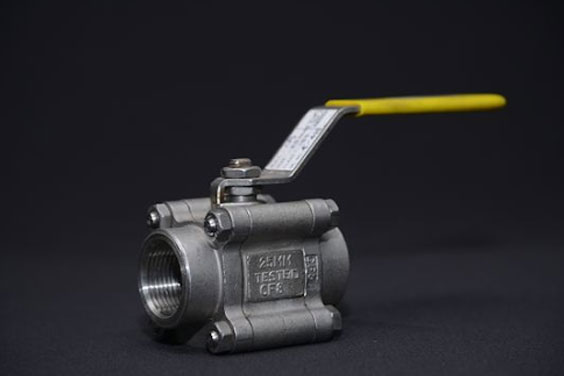
Source: Pinterest
Ball check valves, which can be spring-loaded, employ a ball to impede fluid passage. Reverse flow causes the ball to go back and close off the circulation. The ball valve gets pulled away from the stream when there is enough force in the circulation. It comes down to shutting the aperture when the pressure lowers.
As the closing element of a ball check valve, a spring-loaded ball resting or free-floating on a seat ring is used. It is built similarly to a ball valve. The physics of check valve functioning is straightforward. Most check valves have a free-floating ball that lies above the seating, which has just thru-hole. The radius of the ball is somewhat bigger than that of the other hole. When the force behind the seat surpasses the pressure just above the ball, liquid flows through the valve.
Lift
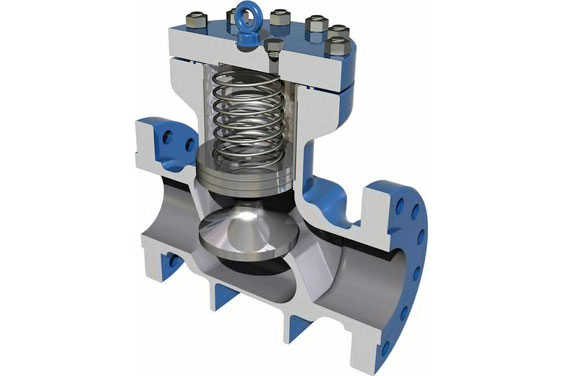
Source: Pinterest
A lift check valve is made composed of a directed disc that rises (lifts) from the valve seat to enable media passage. It takes a cracking force to push gravity and/or springs, and the guide retains the disk in a diagonal line so that it may be re-seated with proper alignment and closure.
Lift check valves typically require the media to spin 90 degrees, however there are lift check valves that seem to be in-line or at an inclination. When the intake pressure falls below the cracking force or there is backpressure, the piston will shut due to spring, gravity, and/or backpressure. If there is no spring to help in closing, mounting position to gravity is critical to guarantee that the disc closes with gravity.
Stop Check Valve
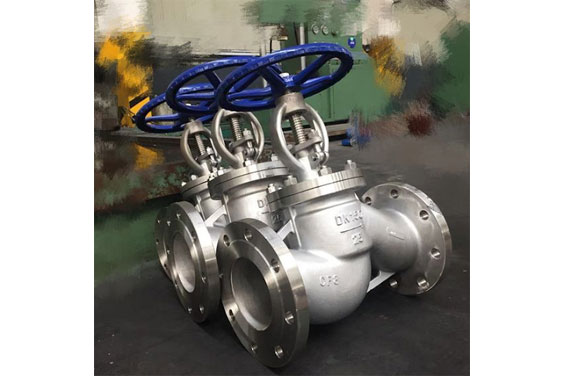
Source: Pinterest
A stop check valve is a spring-loaded y type check valve or a lifted check valve with a human-controlled override option. This enables them to work as a standard check valve and inhibit backflow; however, an outside mechanism may be employed to override it and keep the valve closed or open. As a result, this valve can act as two valves in just one. They are frequently found in power stations, steam generators, boiler circulation, turbine cooling, and safety devices.
Any type of check valve could be used as a stop check valve. A mechanism such as a handwheel, lever, stem, or another instrument that may permanently shut the valve to cease liquid flow distinguishes it from a standard check valve. When the disk is covered, it is restricted from sliding off the seat.
Silent Check Valves
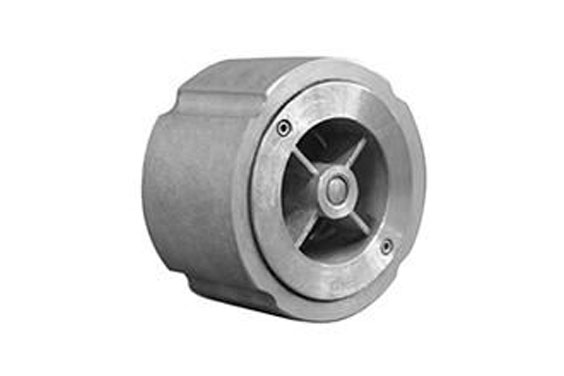
Source: Pinterest
Silent check valves are extremely beneficial in water mains and processes. These valves are designed to manage and guard against pressure spikes in water pipes. They also help to keep hydrostatic pressure and reverse flow at bay.
A spring-assisted disc is used to manufacture silent check valves. The spring reduces the disc to inhibit reverse flow when the hydrostatic flow in the valve exceeds the cracking force, or the pressure required to open or shut the valve.
What are Check Valve Parts?
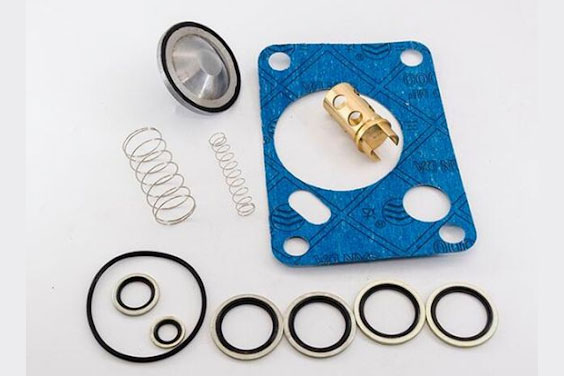
Source: Pinterest
A simple check valve is made up of four parts: the body, the seat, the disk, and the cover.
Check valves contain two-port valves, which means they have 2 elements in their bodies, one for the liquid to enter and one for the liquid to exit.
- Seating ring: the seat seals the area between the bonnet and the disk/stem. The seat band can be fitted or fastened into the valve. The seat, sometimes referred to as a seat ring, provides a sturdy and changeable shutdown surface.
- The valve stem is in charge of the appropriate placement of the disk and gives the required movement to the plug, disc, the disk/stem, and or ball for starting and shutting the valve.
- .Disk:-As a moving physical barrier, it travels perpendicular to the seat and may either impede or liberate the flow.
- Body: The body of the valve is the basic framework that ties all this together.
- Nut and handwheel: A nut secures the handwheel to the nozzle on top. The valve is operated by spinning the handwheel clockwise or counterclockwise.
- Bonnet: The cap is one of the outside globe valve pieces that is attached to the body to create a leak-proof closing. Different bonnet styles, such as screw-in, bolted, or union bonnet, are employed in different globe valves.
Each one of these bonnet types has its own set of advantages. For instance, the union bonnet is not just to provide strength to the body but also is suitable for projects that involve good maintenance or inspection. The screw-in bonnet offers a pressure-tight seal due to its simple construction. Bolted bonnets, that are secured by bolts and are appropriate for greater pressures, are the last form of the bonnet. - Gland stuffing: A gasket that produces a tight seal in between the valve stem and the bonnet is known as valve loading.
What Does a Check Valve Do?
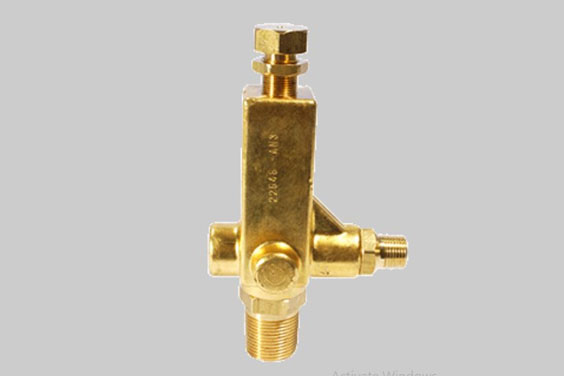
Source: Pinterest
One of the most prevalent applications for checking valves is in pumps.
A check valve regulates the amount of flow from a suction reservoir and prevents it from reverting when the pump shuts.
A check valve stops the duty pump from draining into the standby pump in pumps in a parallel arrangement.
When pumping fluids across large distances in a pipeline, a set of pumps is utilized. If any of the centrifugal pumps in the series fails, the check valve opens to minimize waste.
Pressure relief – In gas applications, spring-loaded check valves can be used for negates. If the network pressure exceeds the cracking pressure, the check valve securely discharges the gas.
Check valves are required for the passage of fluids in the pharmaceutical sector. Check valves manage fluid flow pressure for product quality, convenience, and manufacturing. This procedure requires the use of only sanitary check valves. They must be simple to wash, require no dismantling, and close quietly with a secure shutoff.
Orifice check valves are utilized in the hydraulic systems of the undercarriage facilitates in aircraft. Fluid flows to elevate the gear when it is lifted. The check valve prevents the gear from lowering as it is lowered by regulating the flow out of the activator. Check valves on airplanes are employed in various hydraulic systems, and also fuel and pneumatic operations, in addition to the landing gear.
Irrigation Techniques: Check valves are installed at the source of an agricultural irrigation system to prevent reversal, or siphonage, of soil moisture back into the system.
Check valves are present in automobiles manufactured prior to the introduction of the electronic ignition system. An old automobile fuel pump has a check valve at the intake and another at the exit. These are meant to compel the gasoline to flow in the proper direction. Whenever the check valve fails, the fuel pressure drops.
Public Water Check Valves: Liquid should only flow from the supply route to a connector or from a downspout to the sewer in a home. To avoid cross-connection or reverse, check valves are installed in residences. They are available in a variety of styles, including swing check and ball valves. Residential check valves are seen below on a schematic of an apartment’s hot water supply.
Check valves on thermal boilers to keep hot water from running when the regulator is not set to heat. They prevent water from returning to the boiler and causing unnecessary pressure to build up. A check valve in a residential heating boiler prevents boiler water from penetrating the household supply, preventing it from being used for drinking, cooking, or bathing,
How Does a Check Valve Work?
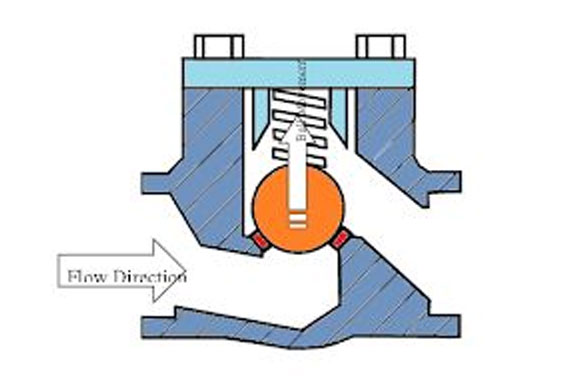
Source: Pinterest
This sort of valve operates on simple, tried-and-true principles.
Non-return valves with springs respond to pressure variations. Liquid enters the cone through the small end, pressing against the ball bearing. The spring will compress in that way, enabling the fluid to pass through. If the gas, water, or vapor reverses direction, the spring-loaded ball bore is forced back into the cone’s pointed end, closing the intake and prohibiting backflow.
The cracking force is the smallest pressure difference under which a valve will function. These valves may be set to a variety of cracking forces.
Check valves are actuated by differential pressure and have a single intake and exit. If the upstream force exceeds a specified threshold, the valve will open autonomously without further action. They need more pressure on the input impedance than on the output port to fully open. The valve will close when the force on the output side is too high (or the pressure on the input side is inadequate). Depending on the kind of valve, the closing mechanism differs.
This minimum working pressure, often known as the cracking force, is one of the important features stated in all check valves. Check valves are used in a variety of liquid flow and pumping operations, including chemicals, food processing, pulp and paper, water, wastewater treatment, and industrial, maritime, and mining, pipelines, pumps, HVAC, and power generation.
Because a check valve only admits flow in one direction, it must be placed correctly. There is frequently an arrow indicating the direction. If the valve is put backward, fluids will not be free to flow through it in the correct direction.
Check Valve Selection Criteria
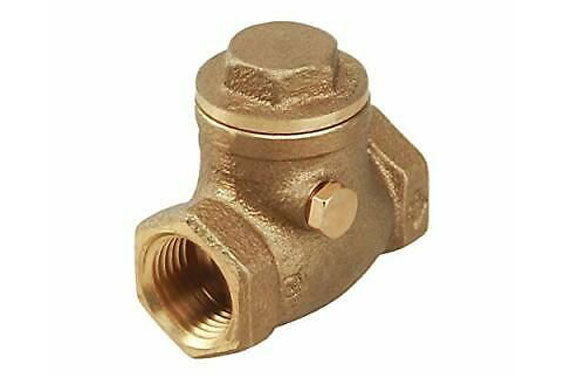
Source: Pinterest
After determining that a check valve is required for your operation, it is essential to understand the various selection criteria to ensure that it fits the requirements of the application. The following are the primary selection criteria for selecting the appropriate valve:
Compatibility of the material with the media. Because the media will come into touch with the valve, it must be able to tolerate the media’s properties and not pollute the media.
Size of the connection and pipe: It is critical to understand how the valve will be fitted (most typically, it is threaded) and to guarantee that it will fit within the framework.
Connection point line width
The maximum pressure and cracking pressure are required. Check that the media can generate the cracking force and, if necessary, establish a backflow to allow the valve to close.
Flow Rate: Ensure that the check valve can handle the required flow rate for the operation.
Working Conditions: The check valve design can be affected by external temperature, medium temperature, maintenance schedules, installation orientation, and other factors.
Vertical or horizontal installation orientation
Dimensions of the envelope
Repairs and inspections necessitate accessibility.
The temperature (media and external)
Check Valve Installation & Maintenance
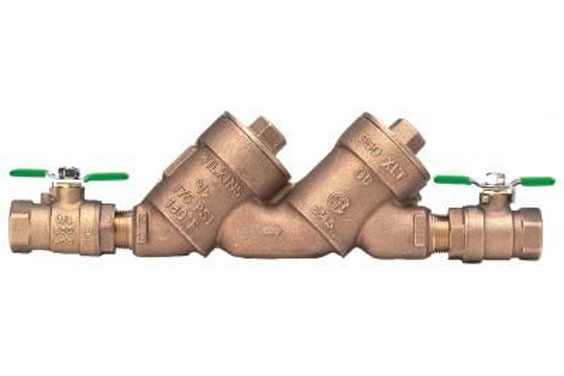
Source: Pinterest
Only qualified, licensed individuals should do the installation.
- Examine the interior of the valve to ensure that any materials used in a shipment have been removed. Remove any extraneous material and shouldn’t be within the valve.
- Test the flapper’s functionality by forcing it away from the sitting surface to ensure it moves easily.
- Examine the flange ends of the forged check valve for raised bristles or edges that might cause them to fail to seal correctly. Formating with the, only plain companion rims should be utilized.
- Attach the valve with the flowing arrow pointing in the flow direction, ensuring that 3 diameters of straight pipe are installed upstream.
- If mounted vertically, the direction of flow must be in the upside flow direction.
- If the valve is to be mounted horizontally, the cover must be orientated to the top.
Check valves do not need to be serviced on a regular basis. The valve may be cleaned without being disconnected from the line.
Deburring of the valve may be necessary owing to debris impeding the valve’s capacity to work appropriately or to check the valve for wear.
Should only be performed by competent, licensed professionals.
It is vital to follow installation best practices in order to get the full benefits of a check valve. A small error in valve installation can impair efficiency at best and cause significant harm at worst. Some important aspects to remember are:
Trying to position: Pay particular attention to where you put the valve in the pipe. Some check valves will function properly in a vertical pipeline. It also entails keeping the valve at least 5 different pipe diameters away from tees, elbows, fittings, or even other valves that might generate turbulence.
Check the stream arrow to ensure that the valve is appropriately orientated. This arrow indicates the correct location in relation to the flow of the pipe.
What to Consider Before Buying Check Valves?
Material
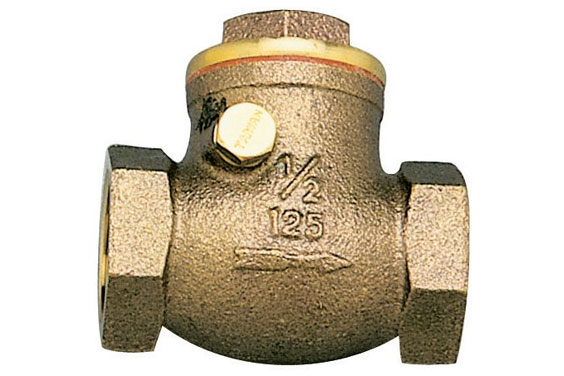
Source: Pinterest
Several check valves are composed of tough materials that can sustain high pressures. Check valves are often made from PVC, CPVC, bronze, brass, stainless steel, and iron.
PVC: Plastic is a highly non-corrosive and flexible material. PVC’s matte finish allows the pieces of a check valve to move freely. Check valves made of PVC are commonly used in irrigation and drainage management systems. They are immune to the majority of corrosive media, including saltwater, chloride solutions, acids, bases, and organic solvents. They are not resistive to aromatic or carbon tetrachloride, and their maximum temperature is normally about 60°C.
Polypropylene (PP): Check valves made of polypropylene are utilized for water, harsh media, and fluid food items. They are immune to most corrosive conditions, including bases, inorganic acids, and aqueous solutions, which erode metals quickly. They are not, nevertheless, resistant to strong acids and oxidative chemicals, and their maximum temperature is normally about 80°C.
CPVC: Polyvinyl chloride has the same properties as PVC but can withstand high temperatures.
Bronze: Bronze is highly resistant to corrosion and may be utilized for low and medium-pressure operations. It can also be cast steel in intricate forms.
Brass: Brass material has the same properties as bronze and the same processability, but it is less costly. Brass check valves are ideal for applications that include the use of air, liquid, oil, or fuel. It is not, nonetheless, resistant to saltwater, filtered water, or chlorinated water. They are less resistant to high temperatures and corrosion than stainless steel and are often utilized in smaller, low-pressure operations.
Iron is utilized in the production of oil, steam, water, and gas. It can withstand extreme pressure and temperature. Its amazing performance more than compensates for its hefty price.
Stainless steel is highly resistant to corrosion, long-lasting, and may be utilized in demanding environments, including chemical industries. Check valves made of stainless steel provide exceptional heat resistance, corrosion resistance, low-temperature resistance, and mechanical qualities. When compared to brass check or Plastic valves, stainless steel is often not an expensive alternative for operations that do not require significant longevity or resistance.
Design
Because a check valve is often designed to limit liquid motion in just one direction, it may be configured for a certain cracking pressure.
Backflow is prevented by the use of check valves. Backflow is simply liquid that has inverted within a pipe and is now flowing backward. Check valves come in a variety of shapes and sizes, but the two most prevalent are the lift check and the swing check. Check valves do not employ handwheels to regulate the flow of fluids; instead, they rely on gravity and the items’ pressure to control the valve.
The vertical lift check valve is meant to operate autonomously only on the flow that is moving upward.
Many check valves are merely intended to seal bubble tight and do not have good leak integrity. Parts within check valves wear out, therefore check valves should be examined for good operation on a regular basis.
Check Valve Standard
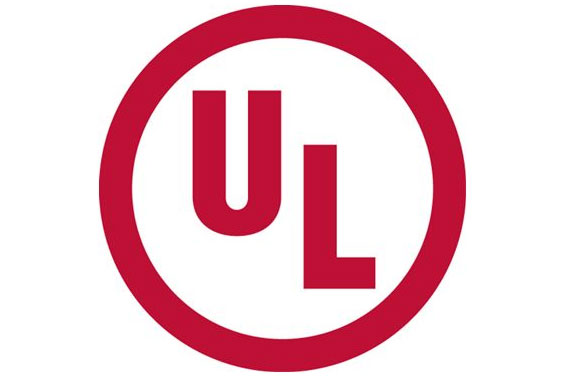
Source: Pinterest
1. ANSI
In industrial operations systems that handle steam, water, air, and gases, ANSI flanges are extensively employed. API flanges are designed for high-strength refinery systems that handle products such as oil and explosive gases.
The force of a class is rated by ANSI certification depending on the material of the building and the structure temperature.
2. Uniform Code of practice
The codes of ethics try to reduce the public danger by defining technical standards for design process, materials, craftsmanship, and upkeep. The following are the primary goals of the Uniform codes:
To guarantee that planners, managers, and plumbers gain the necessary skills to make sure that codes are implemented and enforced;
These standards are established to assure the safety and effectiveness of plumbing systems, materials, and technology.
To guarantee that plumbing installations adhere to these guidelines;
To maintain the safety and efficacy of these structures on an ongoing basis.
Tables 1701.1, 1701.2 of the UPC Code, Chapter 6, Section 603.2
Revise the following text parts and tables (the rest of the material remains unchanged):
603.0 Control of Cross-Connections
Backflow Control Devices, Assemblies, and Methods (603.3). Flow control devices, assemblies, and procedures must be in accordance with Sections 603.3.1 through 603.3.9 603.3.12.
603.3.10 Backflow Backwater valve with Dual Check. A double check backflow preventer is made up of two independently operating check valves that are force loaded to the ordinarily closed state.
603.3.11 Lab Faucet Backflow Stoppers 603.5.15.1 Backflow stoppers that comply with ASSE 1035 must be installed on laboratory outlets.
Backwater valve Preventer with Medium Atmospheric Vent 603.3.12
A backwater preventer with an intermediary atmospheric vent is made up of two independently functioning check valves that are force-loaded to a generally closed state and an intermediary chamber that is force-loaded to a regularly open position and has a way for autonomously venting to the environment.
Underwriters Laboratory
Customers with UL Certification have unlimited access to UL Standards, excluding UL IEC Based Guidelines. UL Certification Clients can use the Standards Certified Customer Library (SCCL) at ULstandards.com to access existing Standards resources.
The gravity actuated, swing check design should be UL certified, authorized check valves. They approve how the valves have been built to last and are simple and elegant, enabling all parts to be removed via the front of the valve for examination or repair without disconnecting the valve from the system. UL-approved check valves contain bosses on both sides of the body for joining the metabolic end and a drain plug at the base under the intake end for connecting a drain valve. They are available with latex or bronze disc grilles.
Check Valve Size
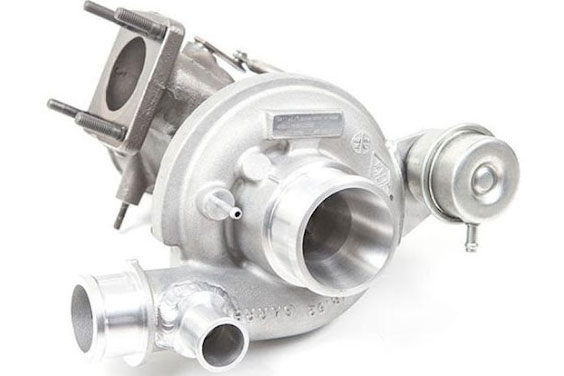
Source: Pinterest
The “sizing” of a check valve denotes how much the disk of the valve extends to allow media flow thru a pipe – a critical component of the system’s overall performance. Engineers generally enlarge their designs in anticipation of increased demand or power lines in the future; however, this is usually more than is required, and many facilities are so over when planned. When it comes to checking valve size, a great way to start is by asking yourself, “Where will the check valve be utilized for 90% of the period?”
Check valves should be defined for the current implementation and can be adjusted subsequently to meet future needs.
To properly dimension a check valve, you must know the flowability of the media, the material, the pressure, the temp, and the fluid velocity (measured as the number of US GPM at 60°F that will flow thru the valve with a drop in pressure of 1 pound per square inch) to be able to tailor a center-guided check valve to the implementation, which completely changes the distance the disc needs to travel from the shuttered to a full open position. There will be no fluttering, rattling, or shock loads when the valve disc is steady and fully open or shut against the seat.
Fluid
Although all check valves are intended to handle water and processed wastewater, early wastewater or sewage may pose certain problems. When choosing a valve for these liquids, you should probably suggest how the presence of particulates may impact the valve’s performance.
Properties of flow
A check valve that shuts quickly may avoid slamming. The quick closure, however, will not guard against surges induced by pumps being initiated and closed down. If the valve opens (and closes) swiftly, the flow will shift abruptly, increasing the likelihood of surges.
Head Loss
Headloss is a consequence of flow rate, and valve headloss is impacted by system fluid flow and the inside surface of the valve. The circulation region through the valve is determined by the shape of the throttle body and the seal design, which also influences the headloss.
Working Pressure
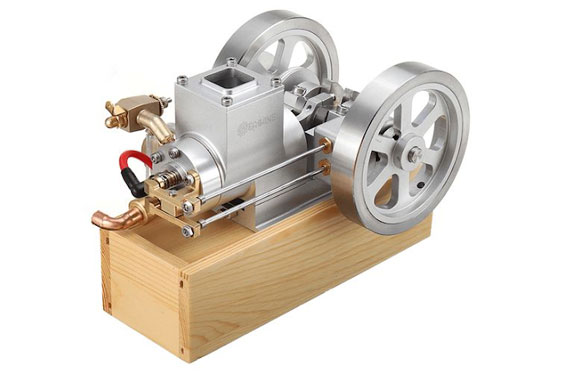
Source: Pinterest
The cracking force is the minimum upstream force necessary to activate the valve, which is typically between 1 and 5 pounds per square inch. Check valves are particularly constructed with this value in mind.
The flow rate determines the degree of lifting on a check valve. The greater the flow rate, the wider the valve will be till it reaches the maximum, fully open state. The full open-angle of many check valves is around 85°.
Check Valves' Benefits and Drawbacks
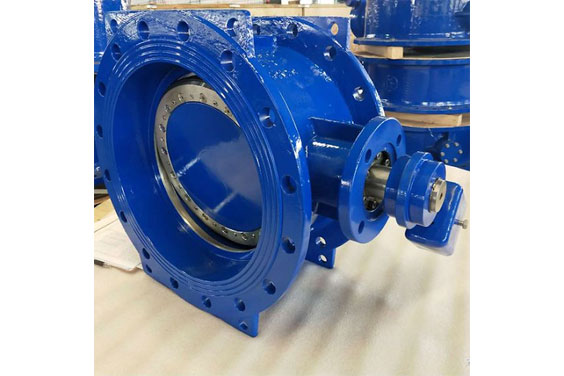
Source: Pinterest
The main advantage of check valves is their capability to perform without being watched or regulated. Their fundamental design enables them to be introduced into a pipe’s flow and regulate it without being handled.
Despite their numerous advantages, check valves, like every other form of mechanism, have downsides.
The Benefits of Check Valves
- Keep backflow at bay.
- Capable of withstanding high and low-pressure circumstances
- Function as a backup and safety system
- Capable of being used both horizontally and vertically
- Self-actuated
- Acting is quick.
- Backflow can cause harm to pumps and motors.
- Reduce delays and production losses.
- Avoid water hammer.
- Reduce abrupt valve failure.
- Reduced maintenance expenses
- There are a few moving components.
- a smaller carbon footprint
- Capable of dealing with varying flow conditions
- Do not need the use of electricity to function.
Check Valves’ Disadvantages
- Do not use pulsing systems.
- The closing element may crash shut, causing damage and wear.
- Use a totally enclosed system.
- It’s impossible to tell if they’re open or closed.
- Internal components cannot be inspected.
- Disks can become trapped in the open state.
- The sound of crashing disks
- The hammer of water
- Problems with reverse flow
Conclusion
Check valves are often a low-cost item that is often disregarded. Given the high expense of check valve malfunction, this can be a high-risk technique. The risk of disaster exists when reverse flow can halt operations or severely damage a facility. As a result, when check valves begin to show signs of wear, plant operators must start replacing the component as soon as possible with a high-quality substitute.
SIO is a prominent check valve manufacturer that designs and manufactures a cost-effective barrier to keep fluid and gas reversal. More information about check valves may be found at https://en.siovalve.com/

